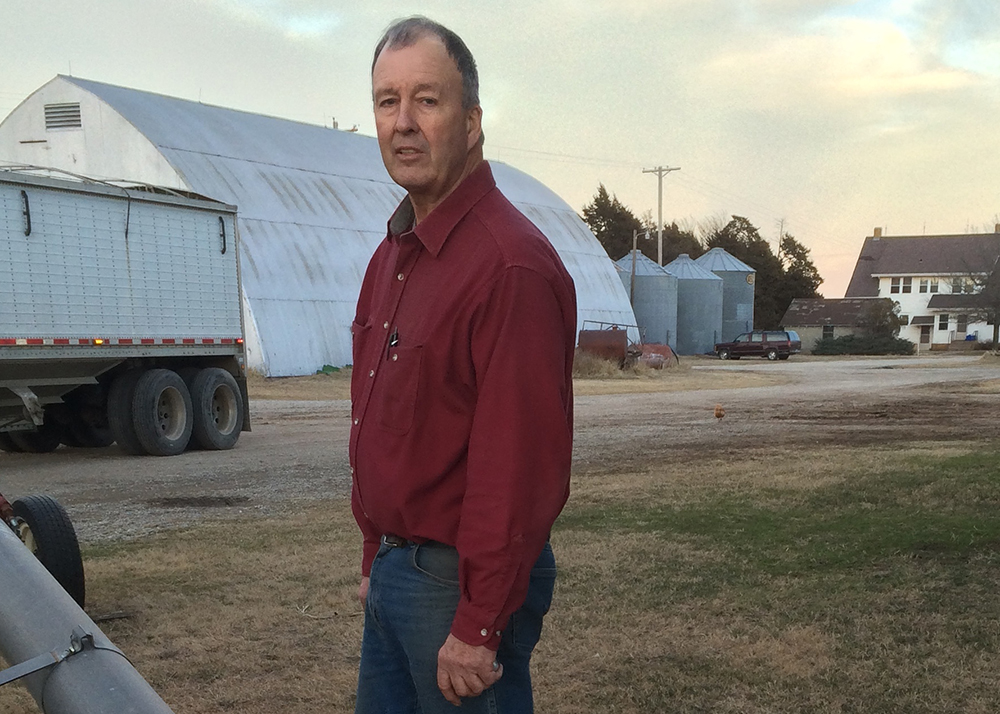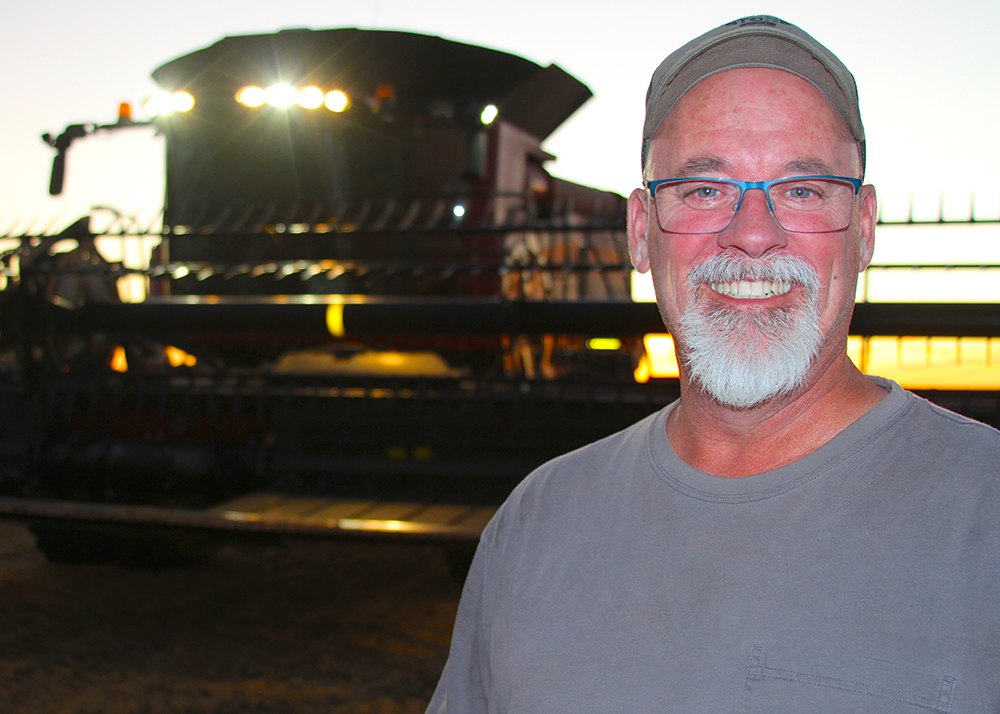What Is Your Biggest Yield Robber? 3 Farmers Weigh In

At first blush, water, or lack thereof, is the supreme bushel thief in the majority of corn and soybean fields. But, according to several farmers, the answer is not quite so simple.

Kent Winter, Kansas
“The 800-lb. gorilla in the room is dry weather,” says Kent Winter.
In south-central Kansas, he grows corn, grain sorghum and soybeans on 1,500 acres of mainly dryland. This year his farm was exceptionally dry. How does he compensate for lack of moisture? Step one: Make use of residual fertilizer.
“My fall crop dryland fields that did not produce and yield are still filled with fertilizer, and I’ve got to account for what is left,” he says. “I use grid soil sampling and precision agriculture to put the exact rate of fertilizer needed across my fields.”
Step two: Make tough planting decisions. “If dry conditions persist over winter, I’m going to look at more grain sorghum, in lieu of soybeans and corn,” he says. “I need all three crops to spread risk, increase diversity, and spread the workload, but grain sorghum is much more miserly at utilizing moisture.”

Darren Grogan, Kentucky
“In a nutshell, our biggest yield swing comes down to moisture — either too little or too much,” says Kentucky farmer Darren Grogan.
Grogan, and his brother, Brian, and father, Bobby, grow roughly 20,000 acres (almost all no-till) of corn, soybeans and wheat. Around 40% of Grogan’s acreage is irrigated (35 center pivots), and 40% of his river bottom ground is tiled. He estimates 25% of his total farmland is in drought risk.
“We manage the lack of water with irrigation and manage excess water with drainage tile and surface drainage. There’s no way we can irrigate everything because of our field sizes, shapes and well costs.”
During winter, Grogan keeps a root in the ground. “We double-crop wheat. In a sense, wheat is our cover crop to harvest for profit. If a given piece of ground is able, we’ll sure have wheat on it.”

Rusty East, Illinois
In east-central Illinois, Rusty East grows dryland corn and soybeans, with his sons, Kenneth and Alex. Beyond adequate rainfall, their biggest yield loss is to fertility issues.
“We’re always in a game to figure out how to get the soil to break down all the fertilizer and make it go into the crop,” he says. “Some say you need strip-till and go direct, but some say you’re robbing the rest of the soil. It’s a catch-22 for farmers.”
After grid sampling, East says lime is the starting point for variable rate applications. Every five to seven years, depending on soil type, he limes in the fall.
“I’d say the benefit takes a year or two to kick in,” he says. “There are products with a quicker release, but dry ag lime works fine for us.”
Chris Bennett is drawn to stories of innovation and those traveling an odd trail. He loves squirrel hunting and walking fields near his Mississippi home.







